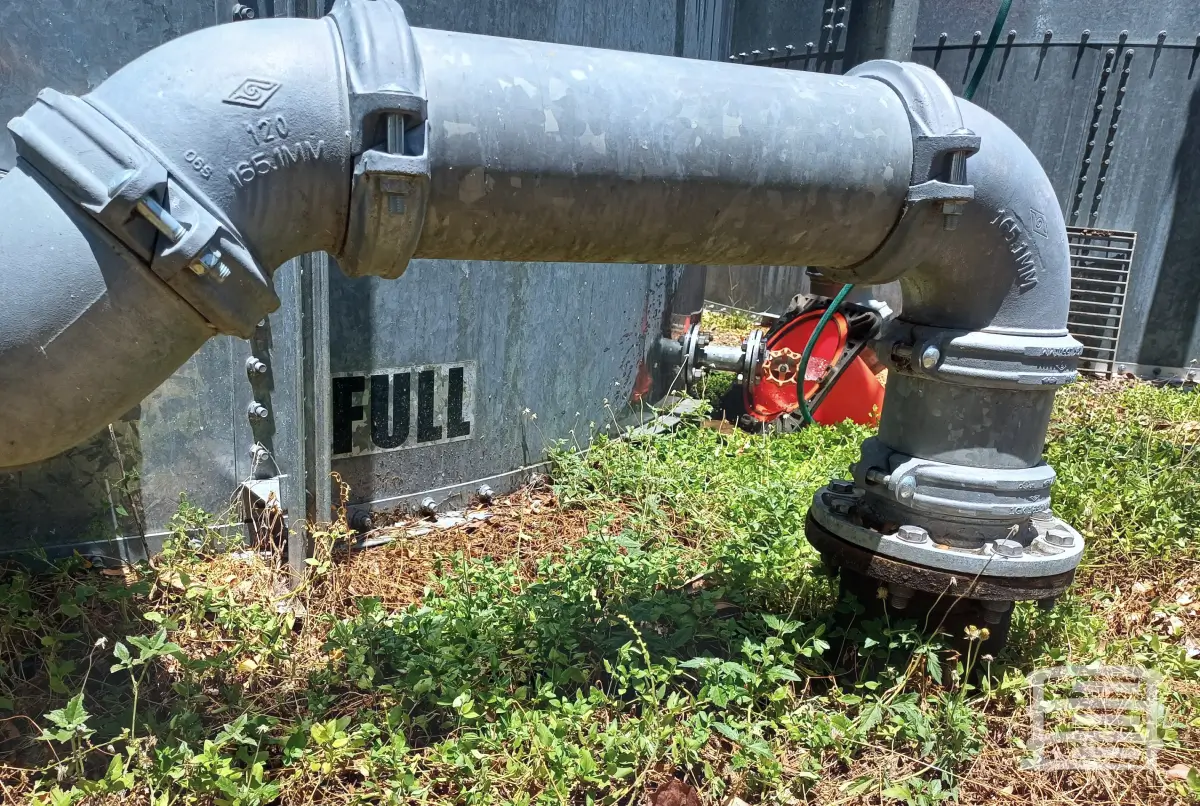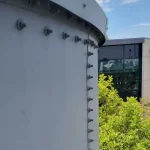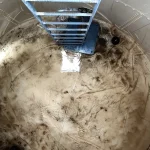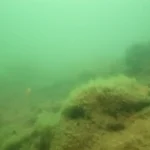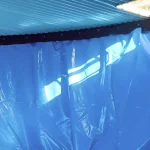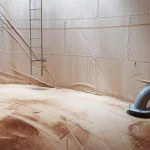Underground storage tanks face a constant threat: corrosion. To combat this enemy, many tanks are equipped with a cathodic protection system – a silent guardian angel.
Imagine a little metal soldier taking one for the team. That’s the role of a sacrificial anode in a cathodic protection system. These anodes are installed during manufacturing and slowly corrode over time, protecting the tank itself from that fate. Think of it as a decoy that attracts the corrosion while keeping your tank safe.
These sacrificial anodes are superheroes, but not invincible. They have a limited lifespan, and as they wear down, their protective power weakens. That’s why regular inspections are crucial. By checking the anodes, you can ensure they’re still functioning properly and replace them when needed before they stop protecting your tank.
Impressed Current Cathodic Systems
The impressed current cathodic protection system generally includes electrodes that have a much longer lifespan compared to galvanic anodes. These systems involve a rectifier that converts an alternating current power source into a direct current, precisely regulated to provide the required protection. Since the power supplied to the electrode is not derived from its degradation, adjustments can be made to the power output if needed, as long as the electrodes remain functional.
Checklist for Impressed Current Cathodic Protection Systems
Arrange for regular inspections by an independent inspector to verify that your cathodic protection system effectively protects your UST system.
These inspections should occur:
- Annually following the last inspection.
- Within 60 days of any repairs made to your UST system.
- Maintain records of the two most recent inspections.
- Monitor and document rectifier readings every 60 days to ensure it operates within acceptable parameters.
- Maintain records of facility operational life.
Do not deactivate your rectifier under any circumstances!
What Cathodic Protection Does
Cathodic protection is an electrical method used to prevent corrosion in underground tanks and pipelines. It harnesses the inherent energy found in all metallic substances. Essentially, metallic anodes are buried near the tanks and pipelines. These anodes are connected by a wire and possess natural energy, which causes electricity to flow through the soil, wire, and buried metal.
Over time, the buried anodes completely dissolve into the soil, thereby preventing corrosion of the steel tanks or pipelines. There are two main types of cathodic protection systems: impressed current and sacrificial anode. Impressed current systems require an external power source, whereas sacrificial anode systems do not.

Three Tips for Maintaining Your Cathodic Protection System and Extending its Working Life
- Are you conducting regular inspections?
Regular testing and inspection are essential to verify the effectiveness of your system. Implementing a monitoring and logging system can further assist in preventing corrosion.
Scheduled inspections and maintenance help ensure compliance with current Federal regulations. These regulations require that your system undergo testing by a qualified cathodic protection tester within six months of installation and every three years thereafter.
However, delaying testing for three years poses a significant risk of substantial damage to steel tanks and lines if the cathodic protection system has not been functioning properly.
- Is your cathodic protection system providing adequate corrosion protection?
In impressed current protection systems, a rectifier control box is typically located near the tank monitor. The box includes a voltmeter as a standard feature, while an ammeter with a red/green indicator light is optional. It’s important to note that these meters and indicator lights only indicate the presence of power, not its adequacy. If the indicator light on the system is red, corrosion protection is inactive. In such cases, immediate contact with a cathodic protection specialist is necessary.
3. Is wiring exposed to the system?
Inspect the vicinity around the tanks for any broken or disconnected wires, especially those likely connected to the cathodic protection system. A damaged wire could cause a section of the system to malfunction, indicating inadequate corrosion protection. If you discover such wires, consult your cathodic protection professional to verify if they are indeed part of the cathodic protection system. If confirmed, repairs will be necessary to ensure they are properly insulated and protected.
Always keep in mind that any excavation in the tank field area has the potential to disable the cathodic protection system. If you have any concerns, it’s advisable to contact your cathodic protection specialist for guidance.
Does Your Underground Tank need a Cathodic Protection Inspection?
We offer tried and tested services in Crockett, Grapeland, Kennard, Latexo, Lovelady, Ratcliff, HOUSTON, TEXAS.
We also offer tried and tested services in Longbeach, and cities, towns, suburbs, localities, and places close to Long Beach such as Lakewood, Rossmoor, Lincoln Village, Seal Beach, Hawaiian Gardens, Los Alamitos, Cypress, Bellflower, Carson, La Palma, Paramount, Cerritos, East Compton, West Carson, Compton, Norwalk, Stanton, Westminster, Lomita, Downey, Lynwood, Rolling Hills Estates, Cudahy, CALIFORNIA.
Our friendly and experienced customer service team is here to help you!
Call NFPA 25 Inspections by American Tanks at +1 800 656 0167
Or email at info@nfpa25inspections.com
1305 W 11th St #4087 Houston, TX 77008 USA
3711 Long Beach blvd Suite 4057 4th Floor # 1079 Long Beach, CA 90807 USA
